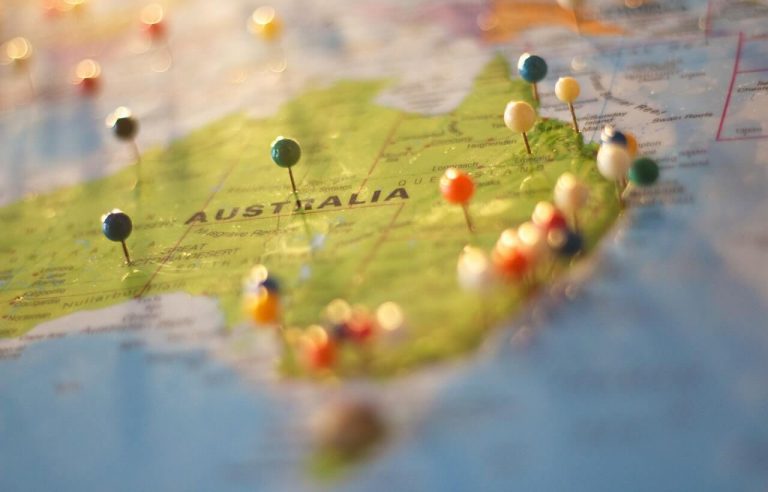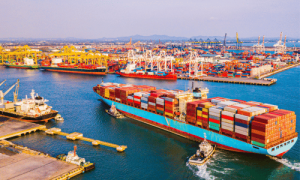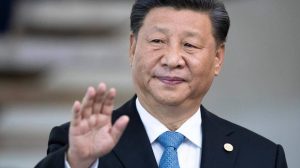Much of the discussion about diversification is centered on two overarching premises: China and trade. What does that approach miss? The outlook for the Australian economy is undoubtedly beating expectations. Despite the ongoing COVID-19 pandemic, the net annual reduction of the Australian GDP stands at 1.1 percent, the best in the OECD. However, much of that apparent economic fortune is due to the soaring price of Australia’s largest export, iron ore.
The imposition of tariffs has renewed calls for a diversification of the Australian economy. This is the mantra that has often been expressed by politicians, both state and federal and from across the political aisle. However, as the saying goes, actions speak louder than words. In Western Australia (WA), the state most over-dependent on iron ore for economic prosperity, it is becoming apparent that the local government is implementing a counterproductive strategy.
An Emphasis on Trade
After a landslide Labor victory in the 2021 WA state election, the subsequent cabinet reshuffle witnessed the dismissal of the Asian Engagement portfolio along with the removal of trade commissioners in Indonesia, South Korea, and India, leaving only locally engaged staff to promote the economic diversification that WA so desperately needs.
The office reshuffle now sees India represented by the Middle East’s Dubai office, creating an India-Gulf commission. South Korea will be represented by the Tokyo office in Japan, and Indonesia will now be represented by an ASEAN-wide commission, based in Singapore. However, the WA government has stated its intention that the commission will relocate to Indonesia to emphasize the commitment that WA has to its northern neighbor.
Despite this, WA Premier Mark McGowan has illustrated that the state government remains committed to the economic diversification of WA’s economy. The claim from critics that the state’s economy cannot be diversified without the Asian Engagement portfolio demonstrates a lack of understanding about the complexity of both WA’s economy and the Indo-Pacific region.
The premier’s premise raises an interesting point. Much is said about the need to diversify WA’s resource intensive economy. But what is often overlooked is the expansive nature of the WA resource sector. Much of the discussion is centered on two overarching premises: China and trade. Although both remain important, it does not encompass the bigger picture about the complexity of WA’s economy.
An Overemphasis on China
When discussing WA’s trade and investment portfolio, as well as Australia’s trading relationship more generally, China often dominates the discussion — promoting this misunderstanding. The allure of China’s influence is clear. Indeed, Australia’s top 30 export industries rely on a single dominant customer — China. In particular, the Chinese market accounts for a 56 percent share of WA’s export market.
Despite China’s dominance in WA’s export market, it would be a mistake to dismiss the significance of WA’s diversification efforts based on the Chinese example. When including a whole-of-economy perspective, the dominant players in WA remain the United States and United Kingdom.
The U.S. and U.K. are undoubtedly the largest foreign investors in Australia, accounting for 25.6 percent and 17.8 percent of Australia’s total, respectively. China on the other hand, accounts for only 2 percent of investment in Australia. This stark contrast concerning the importance of trade vs the importance of investment reflects two different ideological frameworks that govern the U.S.-British and Chinese strategies.
A Juxtaposition of Approaches
The Chinese strategy is dominated by an extraction framework. That is, Chinese economic activity with Australia is geared toward the commodities that Australia offers the Chinese market. Indeed, the large Chinese population coupled with the rapid development of the Chinese economy has engineered the conditions for the large-scale public and private consumption of Australian resources.
Concurrently, the importance of WA resource sectors to the Chinese economy cannot be understated. The Australian economy continues to be the fourth most China leveraged economy in the world. What is meant by this is that the vast bulk of Australia’s exports to China tend to stay in China, more often ending up in fixed investments that will continue to drive the Chinese economy.
The Anglo-American strategy, on the other hand, is governed with a more long-term framework in mind. This is largely because the WA resource sector continues to be resilient and has been the engine of the Australian economy for the better part of a century. British and American companies have recognized the opportunities that WA provides, with Chevron’s investment in WA’s domestic gas portfolio in Wheatstone, Gorgon and the North Shelf facilities and BP’s feasibility study into a hydrogen energy production facility in WA.
Reframing the Conversation
The resiliency of the WA resources sector remains evident. Throughout the COVID-19 pandemic, the resource industry has given WA the only operating budget surplus in Australia. Therefore, even in the uncertainty of a global pandemic, WA’s resources sector continues to be the driving engine of much of the Australian economy. However, when discussing the importance of the resources sector, there appears to be an overemphasis on demand, mostly from China, and little consideration for the supply side, notably from U.S. and British companies.
Unlike the Chinese, the Americans and the British continue to witness the opportunities that the WA resource sector offers. As such, instead of engaging in a discussion about the end game, i.e. export destinations, perhaps, there should be a shift into the capital intensive nature of the industry and a renewed focus on investment, which the Americans and British appear to do best.




















